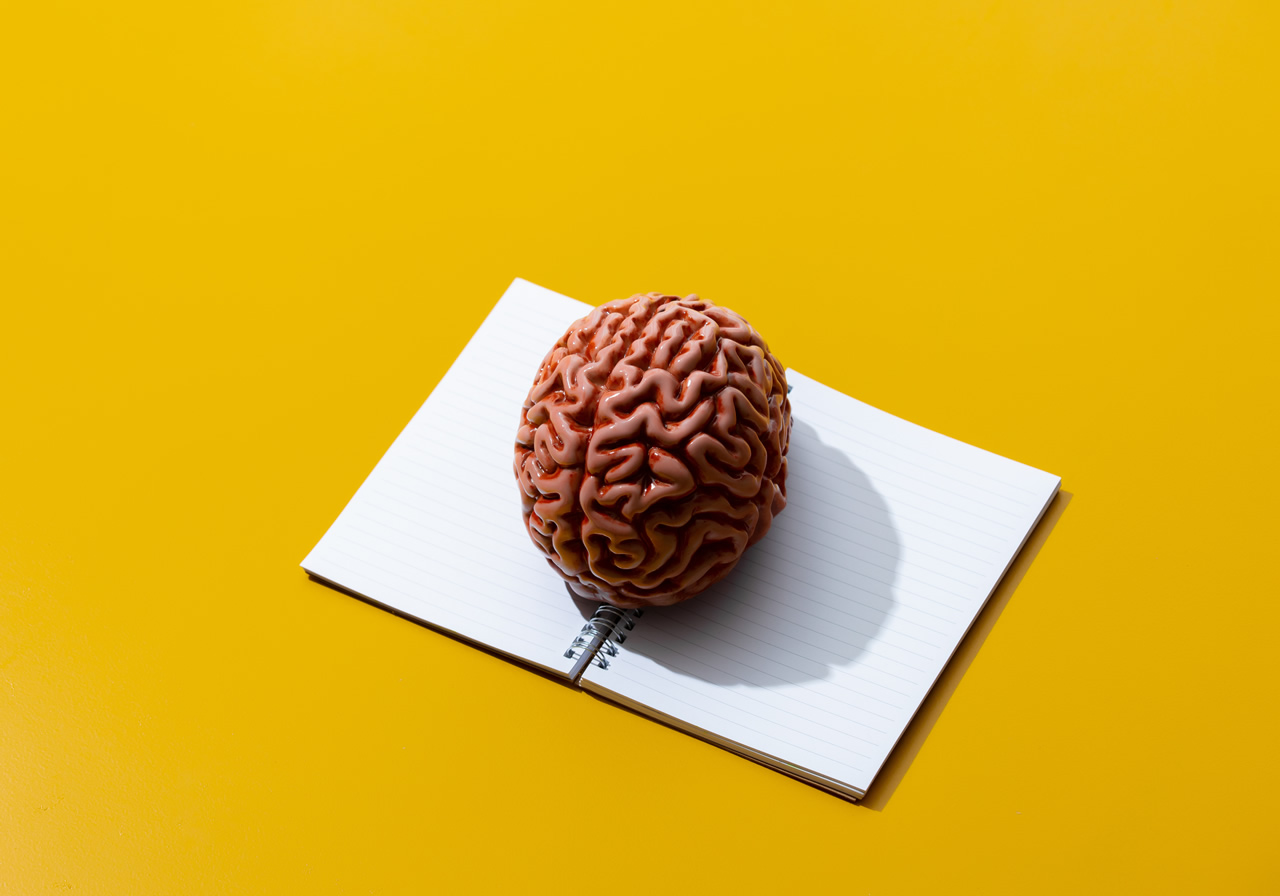Our brains are incredibly powerful and complex, but they have their limitations. With the ever-increasing amount of information we encounter on a daily basis, it can be challenging to process, organize, and remember everything. This is where the concept of a “second brain” comes in. A second brain is a digital system for capturing, organizing, and retrieving information that complements our biological brain. In this article, we will discuss how to create and use a second brain to improve productivity, creativity, and learning.
1. Choose a Digital Platform
The first step in creating a second brain is to choose a digital platform that suits your needs and preferences. Some popular options include Evernote, Notion, Google Drive, Trello, and OneNote. Consider the features, functionality, and ease of use of each platform before making your decision.
2. Set Up Your Digital Brain
Once you've chosen a digital platform, it's time to set up your second brain. Create a structure or system for organizing your information that makes sense to you. This may include creating folders, tags, or notebooks for different topics or areas of interest. Be consistent and use the same system throughout your digital brain to ensure easy retrieval and accessibility.
3. Capture and Organize Information
The next step is to start capturing and organizing information in your second brain. This can include anything from notes, articles, web pages, images, audio recordings, or videos. Use your digital platform's tools and features to capture and organize information efficiently.
4. Use Your Second Brain to Boost Productivity
Your second brain can be a powerful productivity tool. Use it to store and organize to-do lists, project plans, meeting notes, and other work-related information. You can also use your second brain to set reminders, track deadlines, and collaborate with team members.
5. Tap into Your Second Brain for Creative Inspiration
A second brain can also be a valuable resource for creativity and inspiration. Store articles, images, videos, and other content that inspires you, and use it as a source of inspiration for your creative projects. You can also use your second brain to capture and organize ideas, brainstorming sessions, and mind maps.
6. Use Your Second Brain for Lifelong Learning
A second brain can also be a valuable tool for lifelong learning. Use it to store and organize research, notes, and other information related to your areas of interest. You can also use your second brain to track your progress, set learning goals, and collaborate with other learners.
7. Review and Update Your Digital Brain Regularly
To ensure that your second brain remains an effective tool, it's essential to review and update it regularly. Set aside time each week to review your notes, update your information, and delete anything that is no longer relevant.
In conclusion, a second brain can be a powerful tool for improving productivity, creativity, and learning. By choosing a digital platform, setting up your second brain, capturing and organizing information, using it to boost productivity and creativity, tapping into it for lifelong learning, and reviewing and updating it regularly, you can create a highly effective digital brain that complements your biological one.
We hope that this article has been informative and valuable to you. If you have any questions or comments, feel free to share them with us in the comments section below. Thank you for reading!



